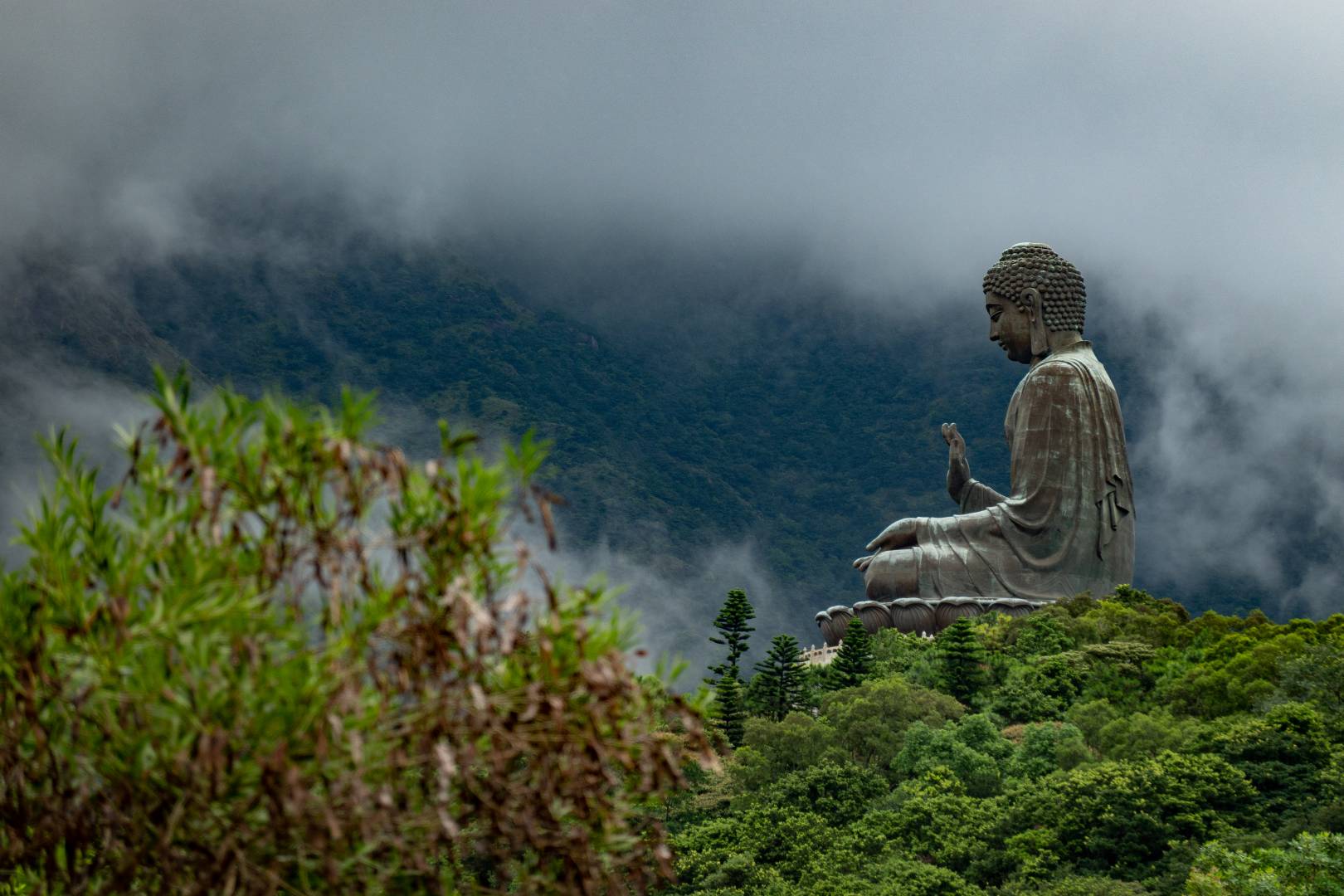When it comes to ultra-compact, high-performance zoom cameras, Sony seems to have the market sewn up. I was impressed with the RX100 Mk VI, with its 24-200mm range, when I took it to Hong Kong for a couple of weeks last year autumn. And it’s not just my view.

Since then the RX100 VI has found a permanent home in my camera bag, irrespective of other cameras I might be carrying. And when I can’t be bothered carrying a bag, it’s the camera I pick up because it fits in a pocket.
Fiddly but nice
Despite its rather fiddly controls (you can’t have everything in such a small format) the RX100 VI is a superb performer and takes the 20MP one-inch sensor to new heights. What it loses in speed, compared with the RX100 V, it more than makes up for in that extra zoom range which is so useful when travelling.

No surprise, then, that Amateur Photographer magazine has chosen the RX100 VI as its Compact Camera of the Year. It won against competition from two Panasonic contenders, the LX100 II (aka D-Lux 7) and the TZ200 (C-Lux). We ran a comparison between the RX100 VI and C-Lux last year and chose the Sony over the Leica/Panasonic, mainly because it is so compact. The C-Lux has an extraordinary zoom range, of course, but it comes at a size and weight penalty.

AP’s awards in other categories were also interesting:
- Entry Level — Canon EOS M50
- Professional — Fujifilm GFX 50R
- Enthusiast — Nikon Z6
Read the full AP awards story here

Tellingly, the Z6 was also chosen as Product of the Year, underlining the

I know a number of competent photographers that love this camera as a carry all the time camera and it takes amazing sunlit or bright light images. Sony sure knows how to pack a lot of amazing electronics into a tiny form factor – too bad they do not get a competent photographer onto the design team to sort out better haptics and menus. If they improved that they would be looking at a lot of competitors in the rear view mirror! However, I am going to stick with my Leica Q-P because it does everything (maybe a wee bit of hyberbole) for my carry all the time camera and beautiful haptics. Cheers! Brian
It really is an excellent camera – and beats the other 1″-sensor cameras (..especially that really poor, and now abandoned, Nikon 1 series..) into a capacious cocked hat.
Its lens is a bit wider (24mm equivalent) than the (25mm) Panasonic TZ100, though not quite so zooming-in-ious as the Panasonic’s 250mm. Its max aperture, at f2.8, is not quite as wide as the previous Version V (at f1.8), so its low-light performance is not quite as exquisite as its predecessor’s. But toucan’t – sorry; spellchecker – “you can’t” have everything!
Sony didn’t mess about with this version VI update; they didn’t move the buttons on the back, didn’t change the way the buttons work, but DID improve its pop-up electronic finder – as they’d gradually done with earlier models – so that it takes just one squeeze to push it down and put it away, instead of the previous rather complex push-in-and-squeeze-down. That makes it so much more fluid to use.
The whole camera’s exactly the same size as the previous 24-70mm 3x zoom version, and yet this Version VI has an 8x 24-200mm zoom built into the same minuscule space. Brilliant!
Can’t fault it: it delivers stunning pictures, and its 20 megapixel resolution allows a bit of extra cropping, but still with plenty of remaining sharpness. (And cinema quality 4k video built in, with 240 to 1000 frames per second slo-mo option, too!)
It’s an absolute pocket rocket, and – for me – that cocked hat can also swallow the Q2.
Hello David (and t’Editor Michael). A naive question about design – If the push-down EVF fits down into the body of the camera at the top corner, why do you think that Sony chose not to simply inbuild it there in that location in the body.
It is really useful to have the evf of the lumix LF1 / Leica 112 typ C always at the ready on the rear top corner when needed on a very compact camera.
Poppin’ up and Pushin’ down the EVF shouldn’t be necessary on such a great little piece of kit.
Was Heath Robinson right all along? What am I thinking wrong ? Or will it happen on the RX100 vii or viii or ix…..?
The answer to that is simple: The screen occupies the whole of the back of the camera with the exception of a 20mm strip to the right of the screen which accommodates all the rear controls. The viewfinder effectively sits behind the screen. To have fixed the viewfinder, as on the C-Lux, would have meant increasing the body size or dramatically reducing the size of the screen. I agree that the pop-up finder isn’t my favourite feature of this camera but it does have one good trick — it doubles as an on-off switch. So flip up the VF and the camera is ready for action, push it back down and power is off. As David B says elsewhere in this thread, the RX100 VI is a true pocket rocket and you can’t have everything. I agree with him also that the output from this camera is superb.
We have also talked a lot about the Ricoh GR which is almost as pocketable as the Sony. It’s the same height, but about 18mm longer. Body depth is similar, although the lens on the Sony (at rest) does stick out 5mm than the fixed 28mm lens of the Ricoh. The Sony is actually more comfortable to carry around than the Ricoh and it does do a lot more in terms of its 24-200mm lens. The only real advantage of the Ricoh is its bigger APS-C sensor, but it loses out mightily by not having an EVF. On balance I believe the Sony is the better all-rounder if you want to travel really light.
As, I believe, the Americans say: “What he said!” ..or “ditto!”
Funny reading about Z6 an outdoor photographer I follow out of Denmark, just released a new Video out of 4day off grid in Norway, and only used Z6 left his D5 home surprised me.
Hope all okay in the American Outback.
Do you have a link to the video John – be nice to see views of a Z6 in the wild, more so if the guy does a comparrison to the D5 which is an amazing bit of kit.
happy to have that sent direct by email if it doesnt attach here. 🙂
Dave